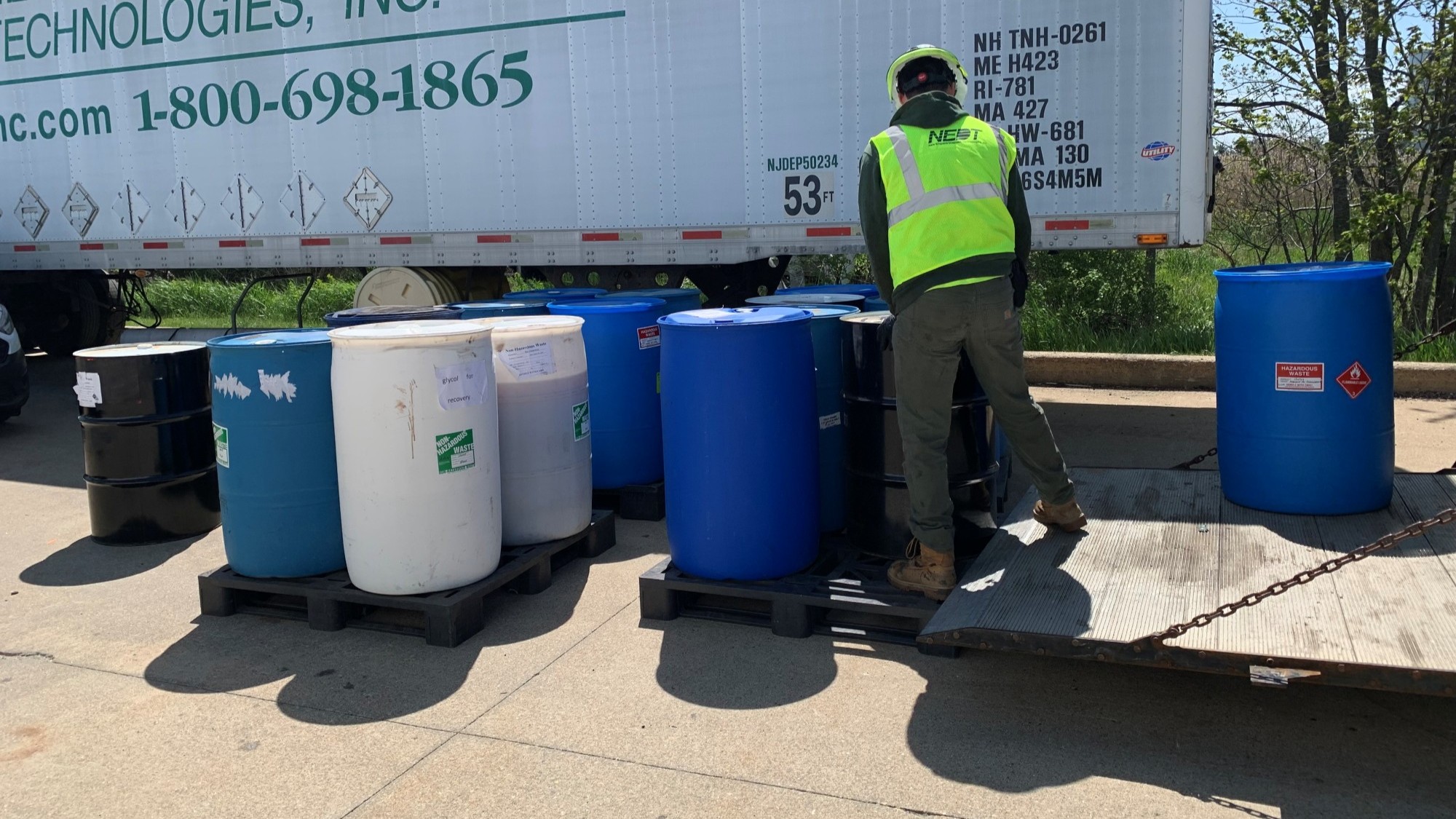Storage tanks are a requirement for many industries, businesses, and homes, but down the line, these can also lead to major headaches, including increased maintenance, clogs, leaks, and even ruptures and spills. This can be especially true for underground tanks, where a lack of access can exacerbate these issues. Today, we will look at UST—Underground Storage Tanks—and AST—Above-ground Storage Tanks—and how to best handle storage tank disposal, cleaning, and maintenance to avoid serious issues down the line.
Storage Tank Cleaning & Maintenance
Storage tanks, especially large industrial ones, require specialized tools and training to be kept in working order. Regular cleaning and maintenance are needed for a tank to function well and avoid emergency spills and seepage that can cause contamination and halt operations. This includes confined space entry, training vital to tank cleaning, and other parts of industrial cleaning and maintenance. To learn more about what you need from a tank cleaning contractor, check out our blog, When You Need an Industrial Cleaning Expert.
Signs of Serious Storage Tank Problems
The following reasons might signal a leak or worse. If you have any of these, it’s time to get the tank assessed, especially in the case of hazardous chemicals or petroleum.
- Lower Flow or Loss of Pressure: Restricted flow or loss of pressure can be a sign of leaks or clogs/buildup within the tank or the lines leading in or out of it.
- Faster Consumption of Contents: If tanks are running empty faster than usual without equal use, you may have a leak or other malfunction.
- Moisture and Stains: Especially for tanks buried under structures or basements, look for moisture forming on the floors or walls along with stains.
- Dead Plants and Grass: Many chemicals in tanks are hazardous to plant life. Look for discolored or dead plants, weeds, and grass above and near the tank.
- Polluted Groundwater: During periods of high groundwater (such as after rainfall), see if nearby puddles have chemical sheens to them, especially with petroleum.
Learn more in our blog, Signs You Need Underground Storage Tank Removal.
When Is It Time for Storage Tank Disposal?
Beyond the need to remove a tank that’s no longer needed or has ceased functioning, the major cause for tank removal and disposal is a tank posing a contamination hazard due to leaks, ruptures, or spills. The removal of these tanks is a major project, especially in the case of underground storage tanks. UST removal requires dig notifications, heavy machinery, and skilled removal. Once the tank is removed, disposal complications can arise from hazardous residue or waste, affecting transportation and the available disposal facilities.
If you’ve got a problem with your storage tank, UST or AST, NEDT can help. We are equipped to handle any situation, from assessing the problem to industrial-grade cleaning—including trained confined space entry. We can handle everything from permits to cleanup, including hazardous waste transportation and disposal. We can even deal with chemical and oil spills and perform decontamination of the site. Learn more on our dedicated Tank Removal and Cleaning page, or contact us today to get started.







